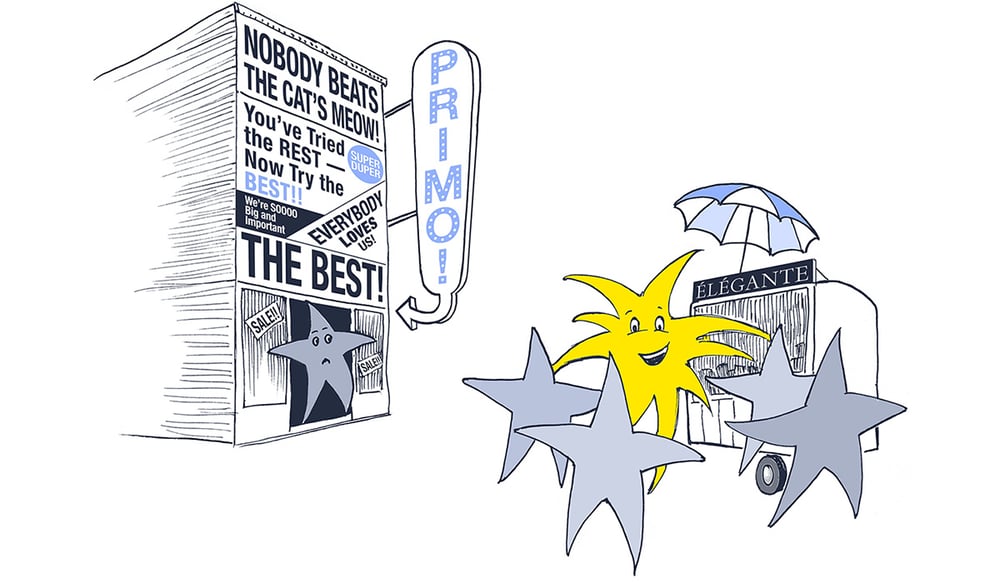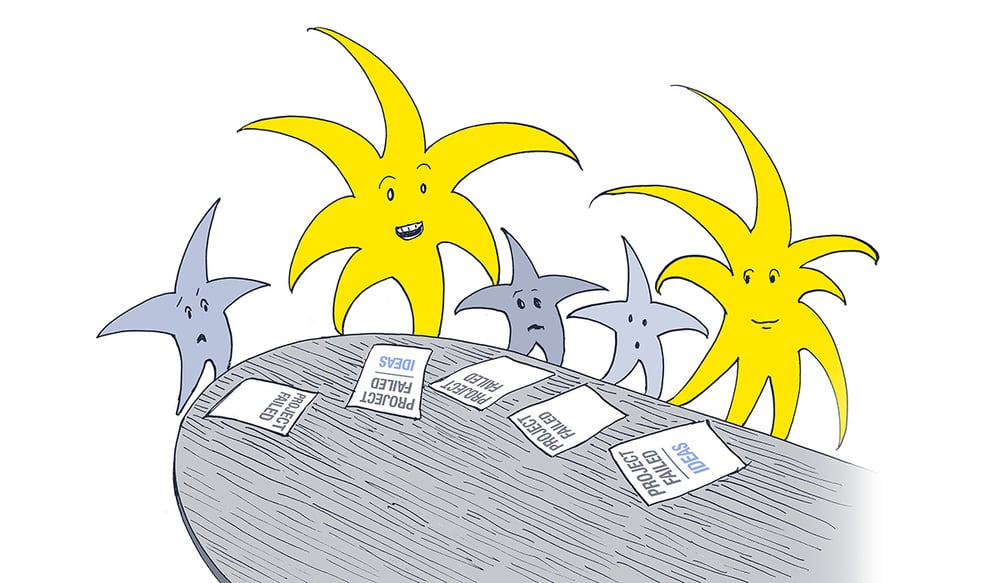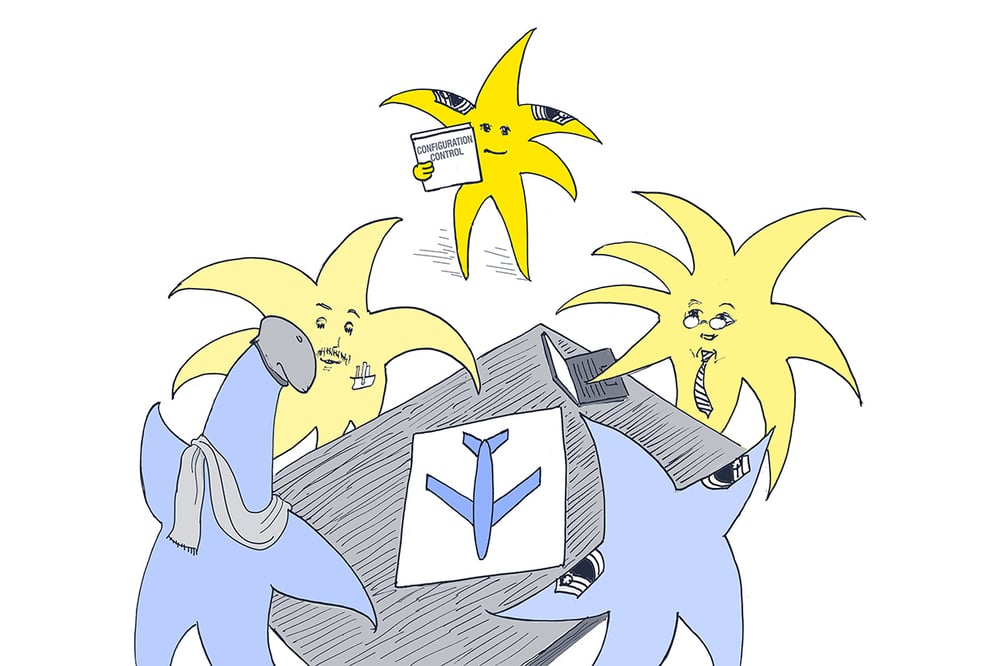South Frederick Elementary had a little stepped oval well near the library. Two small steps down for tiny legs, a kid’s first arena where you eagerly sat on a step in the oval and listened to the teacher read a book. It was covered in a nubby orange and tan carpet leftover from the 1970s. I loved that arena.
Armed with a little yellow tote bag, I brought my homework assignment to school. It was an item for show and tell. The item we were supposed to bring with us was intended to match a story. I didn’t prepare for the assignment. I had been flying high in kindergarten acing everything with gold stars. I decide that there is room for interpretation on this assignment. I bring Minnie, a gift from my grandparents’ trip to Disney in Florida. Minnie is my best friend and I am eager to tell a story about her to my classmates. I love performing in the arena.
With tears streaming, I remember sitting in my mom’s lap after running home from school that day. It was hot in the kitchen, my hair sticking to my face. I didn’t understand why the teacher didn’t give me a star for my story (stars were equal to A’s in kindergarten). It was a great story. I was an outgoing 5-year-old with fantastic storytelling and public speaking skills.
I learned that compliance, not creativity won the arena that day. Unbeknownst to my teacher or my mom, seeds of shame crept into my little 5-year-old heart at that moment. I’ve been battling those invasive weeds ever since.
Brene Brown put it best, “Perfectionism is a 20-ton shield. It’s a way of thinking that says: “If I look perfect, live perfect, work perfect, I can avoid or minimize criticism and blame.”
While it’s nice to say that we don’t care what others think, reality tells us that as social creatures, we do. Conformity starts at a young age and extends into our working careers and entrepreneurial pursuits. Start-ups to established centenarian businesses have established norms driven by the need to minimize criticism, blame, and risk.
There is no faster way to fail in business than to embrace perfectionism. This learned behavior within us all to avoid negative situations can not only be unlearned but reimagined into growth opportunities.

Perfect Marketing Failures
Wright Thompson, the sportswriter, and author of “Pappyland,” warns of the dangers of advertising and perfectionism.
“More and more today, we don’t want to do the work or take the chances required for greatness, and we try to fix all those shortcuts on the back end with marketing and branding — modern, fancy words that mean lie.”
This quote packs a punch in the gut of all marketing and communications professionals. At first glance, you might assume that Thompson is discussing the failure of the marketing and branding profession as a whole. That isn’t his point. He is instead focusing on the lack of chances our organizations take to achieve new heights and growth. It’s safer to repackage through marketing the same mediocrity than to invest in constant reengineering and new R&D. One needs to get in the arena and take risks if you want the chance to achieve anything. From baseball to business — there are no guaranteed home runs — only the next at-bat.
Because of our business’ perfectionist risk/reward tendencies, we rob our organizations of growth. No department feels this more acutely than the business development department.
Business development departments are made up of interconnected communication focused teams that make up the customer life cycle:
- Marketing — the attraction and continued communication nurturing of new leads and existing customers
- Sales — the conversion of leads into customers
- Customer service — the continual service and support of new and existing customers
Because the responsibility of cultivating and expanding customer relationships rests solely on the shoulders of this department, nowhere else in the organization is the pressure felt more strongly for nothing less than perfect results.
It is easy to see how this applies to customer services roles. But in a culture and corporate system that encourages perfection over innovation, and certainty over risk, the marketing and sales functions are stifled. By nature, marketers are a mix of creative, analytical scientists. They conduct “experiments” or marketing campaigns to measure a continual feedback loop between the market they serve and the company. If this group feels the pressure to conform, new ideas are stifled, tests are more iterative, ideas less creative. In a team that knows historically that it is viewed as an expense or worse a necessary evil eating into profit margins, innovation and risk-taking are not the norm in conformist, perfection-driven cultures.
But the investment in risk, in vulnerability, in business far outperforms the cost.
Consider that 94 percent of consumers say they’re more loyal to brands that offer complete openness and 89 percent of people studied say they give transparent companies a second chance after a bad experience. Most companies would love those odds.
Vulnerability and risk in marketing requires brave leadership that embraces a truth narrative — what I call the more Hemingway, less Shakespeare approach. Bravery in marketing looks like sharing authentic, verified stories, and giving voices to employees to champion the brand outside of the well-polished communications department. It’s meeting customers where they are, not from a perfection pedestal. It’s realizing that your perceived competitors are not going to steal your best ideas from a blog post or video. It’s acting and communicating with your community from a growth mindset, not from scarcity.
So go ahead and embrace employee blog posts, negative reviews, and educational content. What’s the worst that could happen when you don’t conform to perfection?

Human Resources
When a star wasn’t awarded in the kindergarten arena that day, my perception of the event was that everyone in the world — my classmates, the teacher and even my family — was disappointed in me. For a 5-year-old girl to feel so much emotion over such a small event demonstrates how powerful our perceptions are and how easily they can be distorted.
In our daily interactions at work, both in person and remote, a team's performance is crippled by the perceived expectation of perfection. Perfection is the avoidance of any negative outcome. Paradoxically, while most employees can identify the pressure and shame to be perfect, most when asked to define what perfection is at work can’t get beyond basic descriptors such as “no mistakes” or “no comments from my boss.”
It is ironic that the same companies that have teams under the pressure of perfection, state that they wish their employees were more innovative and proactive in problem-solving.
The shame of perfection can also manifest as the overblown implications effect. The overblown implications effect demonstrates that because people are worried about how they may be regarded by others, they overblow the broader implications of their performances. The kindergarten show and tell story that resulted in no gold star was overblown in my mind. How often do we think or our teammates think they blew a presentation or said the wrong thing, only to have someone else validate that it wasn’t a big deal?
Once perfectionism takes hold in a culture, it is hard to unlearn. Leaders have to foster safe spaces for mistakes, risks and research that push the company forward but also simultaneously insulate those spaces from imploding the rest of the company. At Google, these programs are famously part of Google X, the moonshot factory. Teams are recognized for their failures as much as their successes. The company’s public approval is breaking down the stigmas around failure. Google X is a living example of the duality of success with failure — both being equally important.
Companies of all sizes can embrace moonshots of their own, not just Google. Dedicating even a few hours a month for employees to explore and test new ideas can result in incremental innovations that move the company forward. Encouraging entrepreneurial thinking in your company culture aligns staff around solving for the mission and serving the customer, not being perfect.

Operations
The operational arm of the U.S. Air Force is not somewhere you would think you would find an innovative culture. Systems and processes literally save lives of not only the service members but also those they are sworn to protect. It’s a very serious culture, steeped in history, ritual and systems.
Yet, in Stephen B. Johnson’s book, The United States Air Force and the Culture of Innovation, the author attributes the success of the Air Force almost entirely to its core tenets of collaboration, innovation and simplification. “I found that configuration control and configuration management had an unexpected importance in the process of innovation. Although the techniques of systems management often are criticized as being overly bureaucratic, configuration control provides a critical coordination mechanism necessary for virtually any development project.”
The Air Force configuration control was developed to create a system that brought collaboration between all stakeholders in a project together, insulated them from outside influences that distort the mission’s goals and constraints, and provided a space for innovation while adhering to a strict military standard.
The outcome of configuration control provided not only a well-documented roadmap for others and legal compliance, but some of the Air Force’s most well-known innovations such as Intercontinental Ballistic Missiles and RAND.
Even within operations where perfectionism could be perceived as a help, it is a hindrance. Instead operations is the core of where brave leadership can foster calculated risk-taking through investments in R&D. These investments can lead to automated processes, digital transformation and operation efficiencies. Yet none of this is possible if compliance is valued above your company's mission.
We never know what age we enter the arena. As business leaders we recognize Teddy Roosevelt's quote about the man in the arena, a child only sees the kids sitting on the steps of the well. We know as adults that the only opinions of those that count are the ones on the field, not in the stands. To invite creativity, innovation and risk is to also equally invite loss, pain and setbacks. The only guaranteed way to truly fail is to chase the illusion of perfection.
It is not the critic who counts; not the man who points out how the strong man stumbles, or where the doer of deeds could have done them better. The credit belongs to the man who is actually in the arena, whose face is marred by dust and sweat and blood; who strives valiantly; who errs, who comes short again and again, because there is no effort without error and shortcoming; but who does actually strive to do the deeds; who knows great enthusiasms, the great devotions; who spends himself in a worthy cause; who at the best knows in the end the triumph of high achievement, and who at the worst, if he fails, at least fails while daring greatly, so that his place shall never be with those cold and timid souls who neither know victory nor defeat.


